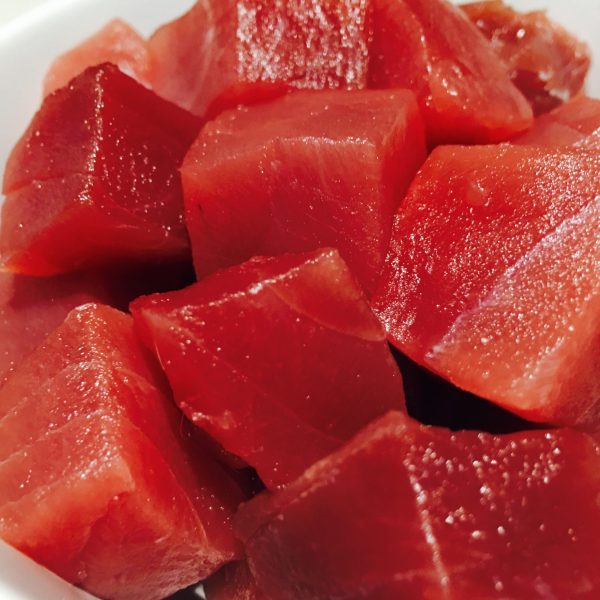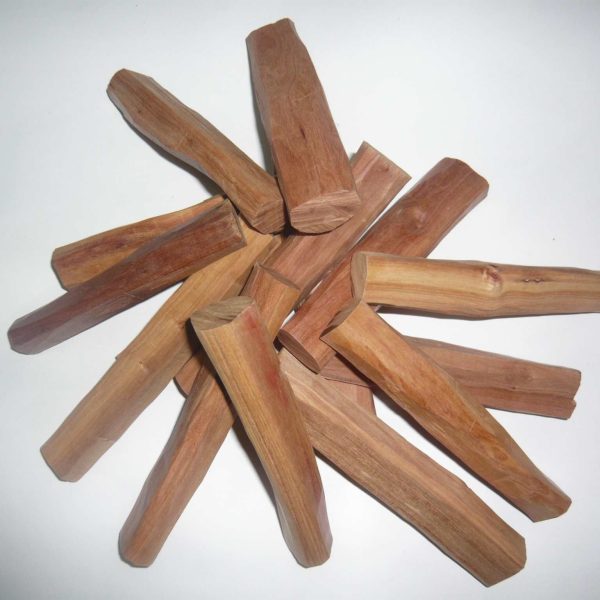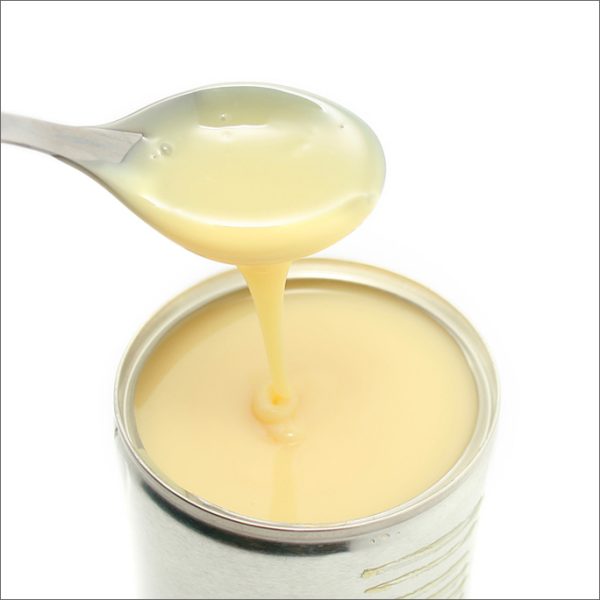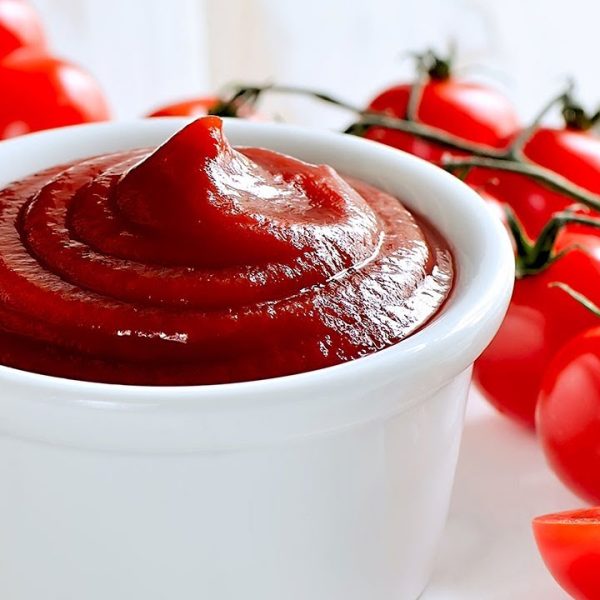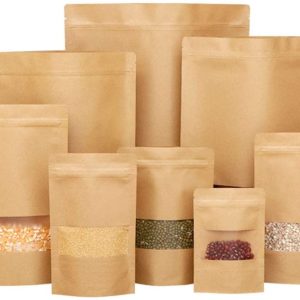Description
Jaggery contains more nutrients than refined sugar because of its molasses content.
Molasses is a nutritious by-product of the sugar making process, which is usually removed when making refined sugar.
Including the molasses adds a small amount of micronutrients to the final product.
The exact nutrition profile of this sweetener can vary, depending on the type of plant used to make it (cane or palm).
According to one source, 100 grams (half a cup) of jaggery may contain (4):
- Calories: 383.
- Sucrose: 65–85 grams.
- Fructose and glucose: 10–15 grams.
- Protein: 0.4 grams.
- Fat: 0.1 grams.
- Iron: 11 mg, or 61% of the RDI.
- Magnesium: 70-90 mg, or about 20% of the RDI.
- Potassium: 1050 mg, or 30% of the RDI.
- Manganese: 0.2–0.5 mg, or 10–20% of the RDI.
However, keep in mind that this is a 100-gram (3.5-oz) serving, which is much higher than you would generally eat at once. You’d probably consume closer to a tablespoon (20 grams) or teaspoon (7 grams).
Jaggery may also contain small amounts of B vitamins and minerals, including calcium, zinc, phosphorus and copper (4).
One commercially available product, SugaVida, is a granulated palm jaggery that is claimed to be a good source of naturally occurring B vitamins.
However, It’s Still Mostly Sugar
Compared to refined sugar, jaggery appears nutritious. Refined white sugar contains only “empty calories” — that is, calories without any vitamins or minerals (5).
Gram by gram, jaggery is more nutritious than sugar. However, there is a big “but” when it comes to describing it as nutritious.
It’s essentially still sugar, and any extra nutrients you get come with a lot of calories.



